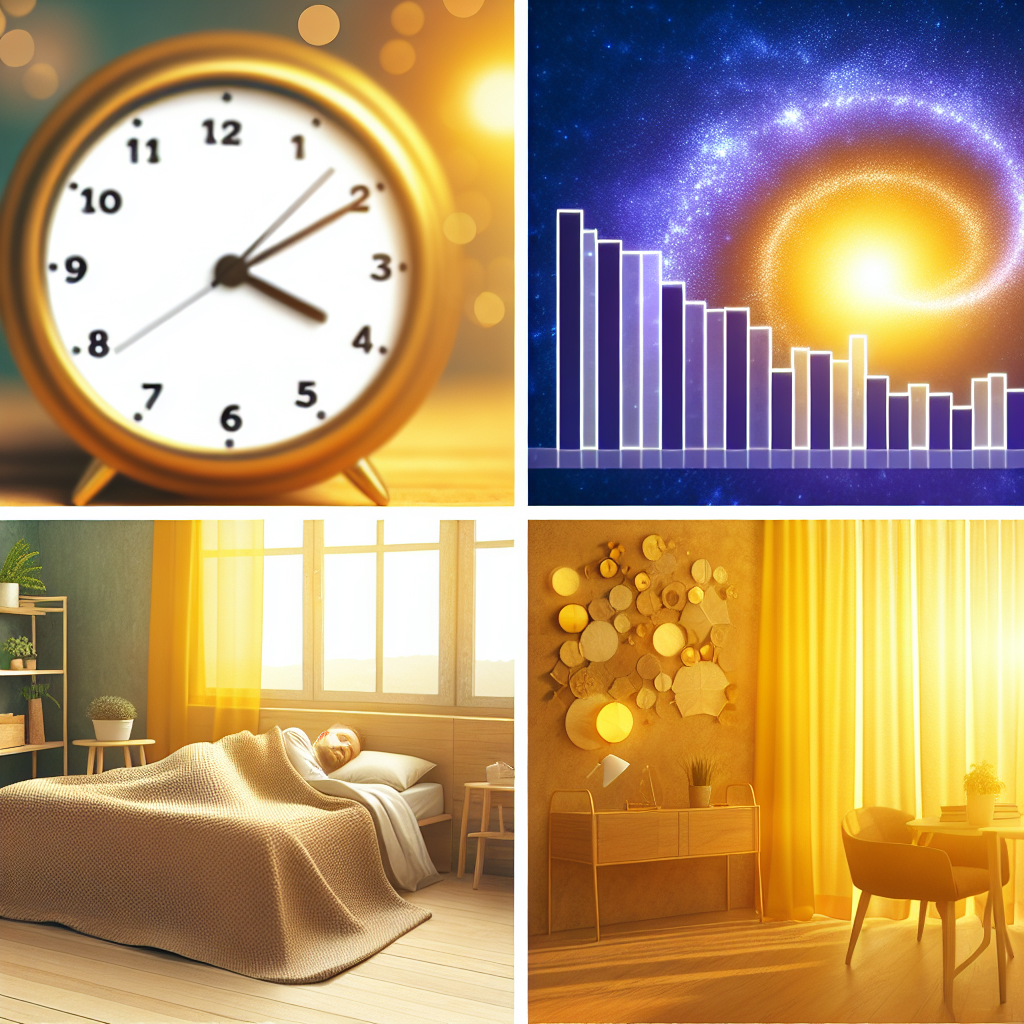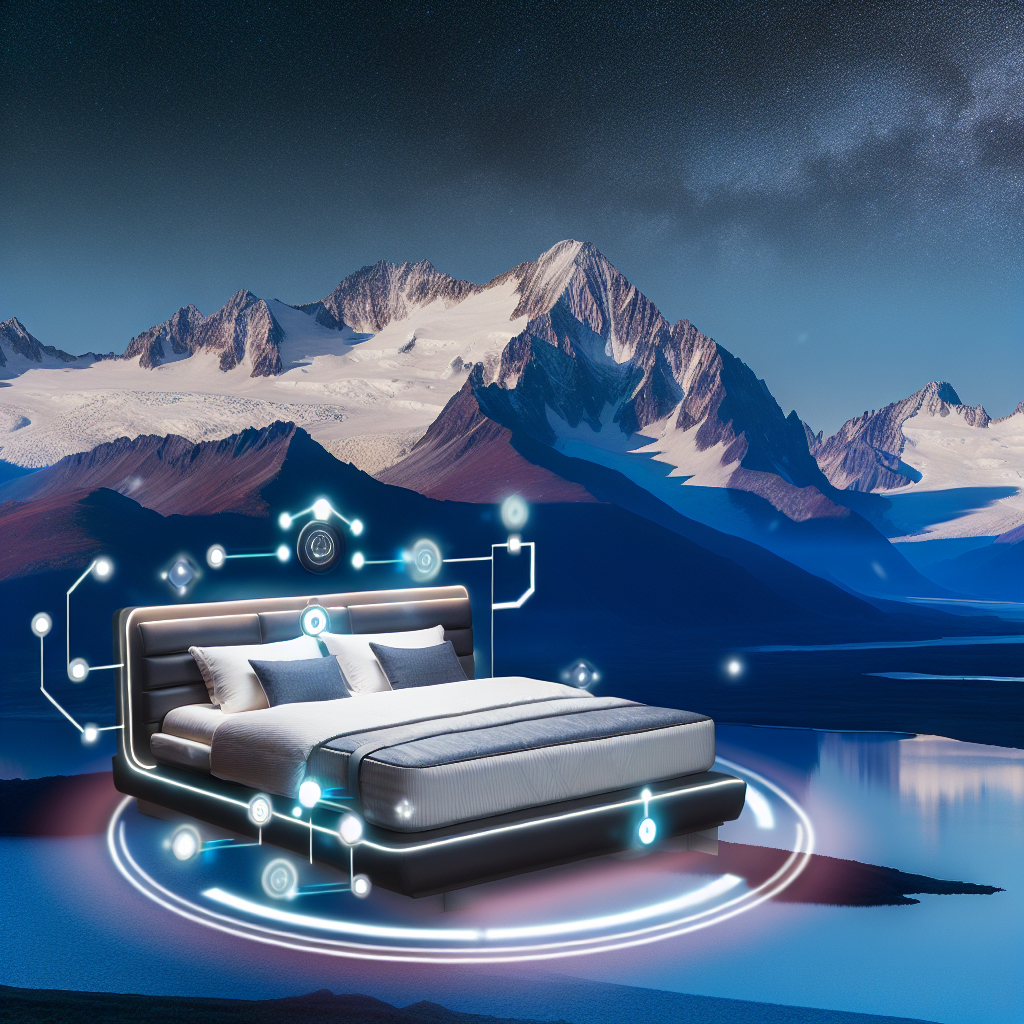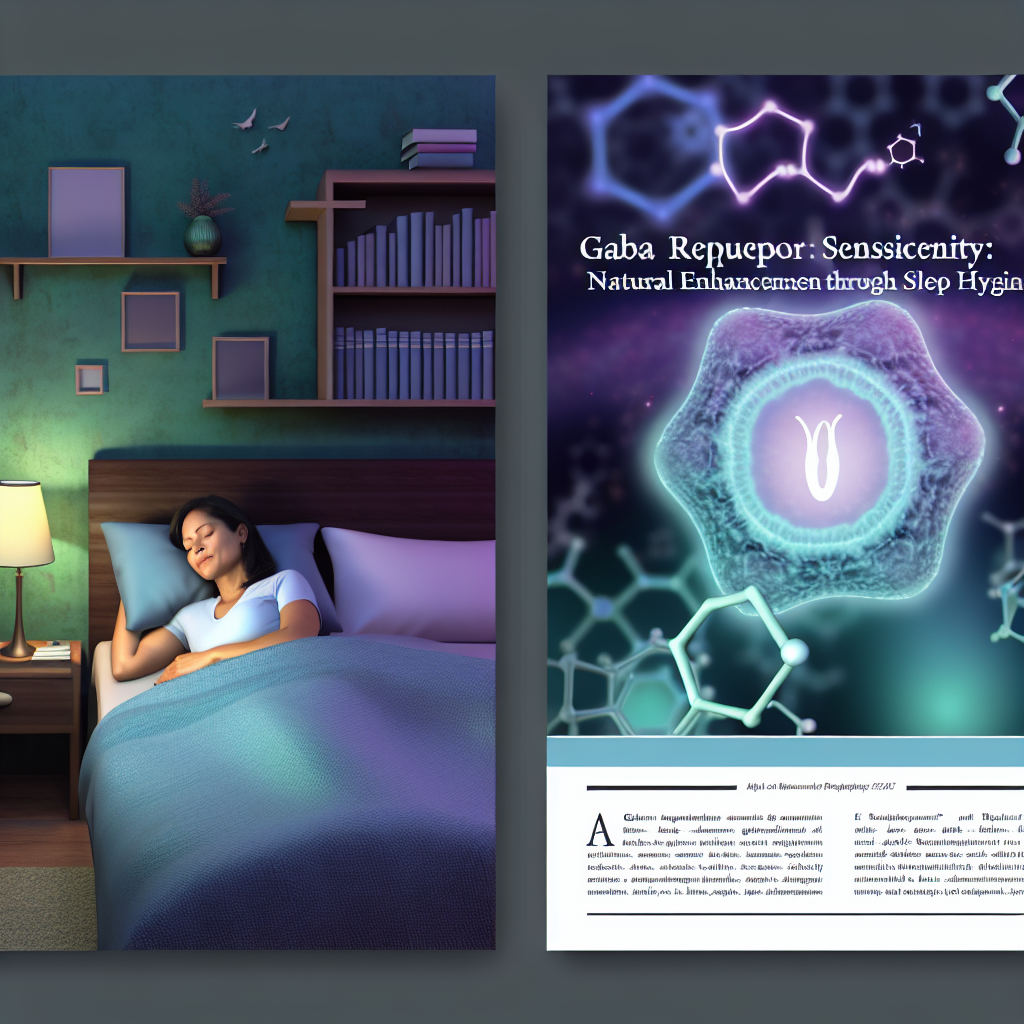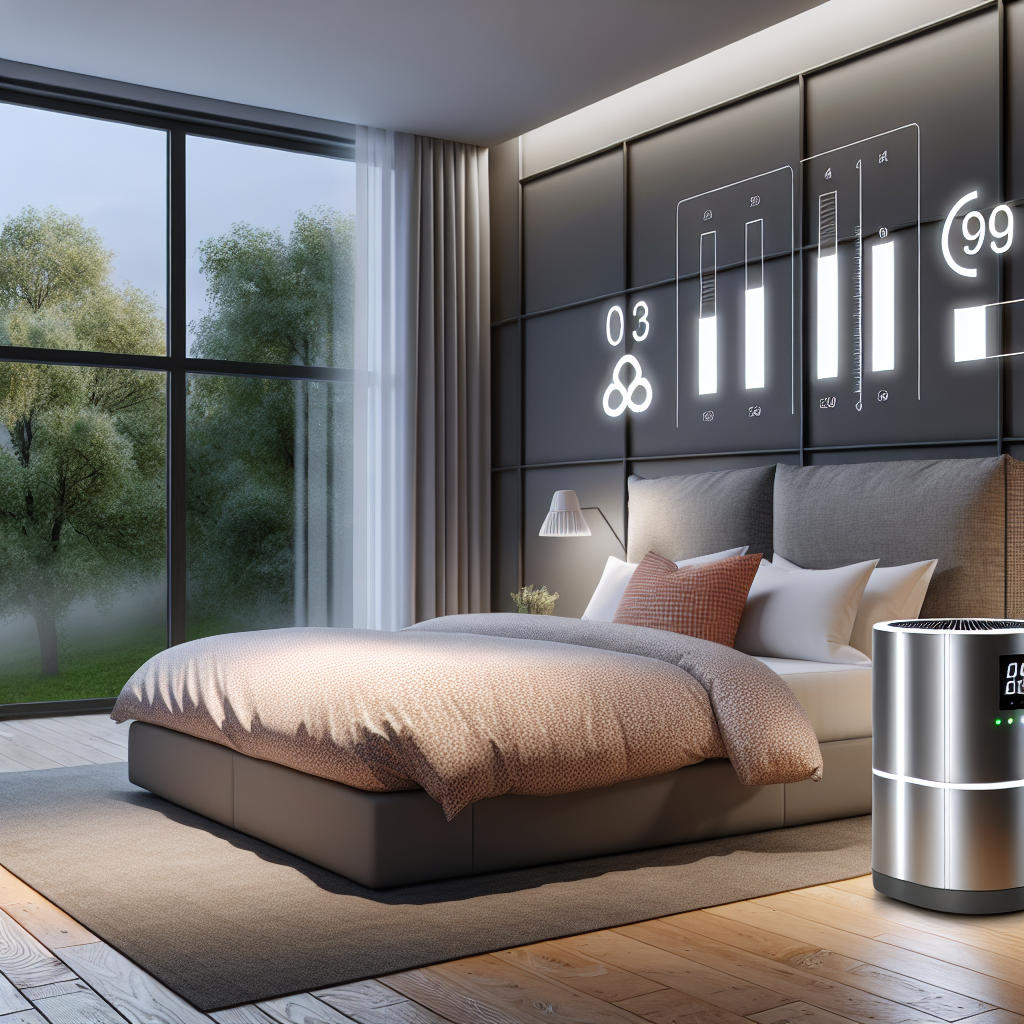# Seasonal Sleep Patterns: Artificial Dawn Simulation Success Rates
Why Sleep Struggles Intensify With Seasonal Changes
Seasonal light variation significantly affects the body’s internal clock. This circadian rhythm relies on light exposure to regulate hormone production, primarily melatonin and cortisol. In winter, shorter days and later sunrises can trigger excessive melatonin secretion in the morning, making it difficult to wake up. Conversely, lingering daylight in summer can delay melatonin release at night, causing trouble falling asleep.
These changes are particularly pronounced in individuals living at higher latitudes, where seasonal daylight shifts are extreme. Left unmanaged, these fluctuations can lead to sleep deprivation, fragmented rest, and, for some, mood disorders like Seasonal Affective Disorder (SAD).
Artificial dawn simulation—a light-based intervention—has emerged as a natural and non-invasive method to realign circadian rhythms with daily schedules, especially during seasonal transitions.
How Artificial Dawn Simulation Works
Dawn simulators are devices designed to mimic a natural sunrise, gradually increasing light intensity in your bedroom about 30–90 minutes before your intended wake-up time. This simulated sunrise gently decreases melatonin levels while increasing morning cortisol production—the body’s natural “get-up-and-go” hormone.
By replicating the physiological cues that signal morning, dawn simulation encourages the body to wake up more easily and feel more alert. Unlike prescription medications or stimulants, this method works with the body’s natural processes, fostering a more harmonious and sustainable approach to energizing mornings.
Users often find that dawn simulators improve not only their ability to wake up but also their mood, cognitive function, and sleep quality over time.
What the Research Says: Key Findings From Scientific Studies
Several clinical studies support the effectiveness of artificial dawn simulation for enhancing sleep and managing circadian rhythm disorders:
– A pivotal study published in the *Journal of Sleep Research* found dawn simulation to be just as effective as bright light therapy for relieving symptoms of Seasonal Affective Disorder, with improvements in mood, sleep quality, and ease of awakening [(Terman et al., 2001)](https://jamanetwork.com/journals/jamapsychiatry/fullarticle/481374).
– In *Chronobiology International*, researchers demonstrated that artificial dawn exposure led to a beneficial phase shift in melatonin secretion and a stronger cortisol awakening response—two critical physiological markers for healthy morning arousal [(Gabel et al., 2013)](https://www.tandfonline.com/doi/full/10.3109/07420528.2013.777130).
– For adolescents, who often face misaligned circadian rhythms due to early school schedules, dawn simulators helped normalize sleep-wake cycles and led to improved rest and academic performance according to a University of Basel study [(Götz et al., 2017)](https://www.sleephealthjournal.org/article/S2352-7218(17)30144-6/fulltext).
– In elderly populations, a *Sleep Health* study showed that dawn simulation improved sleep efficiency and reduced insomnia symptoms in assisted living residents, proving its utility across age groups [(Dijk & Archer, 2009)](https://journals.plos.org/plosbiology/article?id=10.1371/journal.pbio.1000145).
Crucially, clinical success of dawn simulation varies depending on usage habits—consistency, simulation timing, and sufficient light intensity (at least 250 lux at eye level) are key to maximizing effectiveness.
Who Benefits Most From Dawn Simulation?
Thanks to their versatility and safety, dawn simulators serve a wide range of users:
– Individuals experiencing SAD or winter blues
– Students and teens facing early start times
– Adults battling inconsistent sleep routines or delayed sleep phase
– Elderly individuals with weakened circadian rhythms
– Shift workers and those with irregular waking hours
Because the method involves gentle light exposure rather than medication, it is especially suitable for people seeking a non-pharmacological solution to sleep issues. Many users report improvements in energy, mental clarity, and reduced reliance on caffeine or stimulants.
Success rates in clinical trials range from 70% to 85%, particularly when used regularly and properly. The broad applicability of light-based circadian support makes this technology a valuable tool across demographics.
The Future of Sleep: Light as a Lifestyle Upgrade
As our understanding of circadian biology grows, tools like artificial dawn simulators are earning a permanent place in personal wellness routines. These devices are more than just alarm clocks—they’re natural signaling systems that support physiological health and emotional well-being.
Whether you’re seeking better mornings, more restful nights, or relief from seasonal mood changes, incorporating dawn simulation into your environment can be a transformative move. With high success rates, few risks, and a range of adaptable settings, these devices are poised to redefine how we think about winding down and waking up.
Conclusion: Wake Up Refreshed, Every Season of the Year
Seasonal variations in daylight don’t just affect scenery—they influence your sleep, mood, and overall health. Artificial dawn simulation offers a natural, proven method to realign your internal clock and promote smoother transitions across seasons.
With clinical studies supporting its use across age groups—from improved cognition in teens to better sleep patterns in seniors—dawn simulation stands out as a reliable, accessible, and highly effective sleep aid. As interest in chronobiology and light therapy grows, these devices may soon become a common fixture in health-conscious homes.
If you’re tired of struggling with sluggish winter mornings or restless summer nights, it may be time to let the light back in—literally.
**Summary:**
Seasonal changes in daylight can disrupt our circadian rhythms, leading to sleep problems and mood issues. Artificial dawn simulation, which gradually increases light intensity in the morning, offers a natural and effective solution to realign our internal clocks. Numerous studies have shown that dawn simulators can improve sleep quality, energy levels, and cognitive function across different age groups, making them a valuable tool for managing seasonal sleep patterns.
**References:**
– [Terman et al., 2001](https://jamanetwork.com/journals/jamapsychiatry/fullarticle/481374)
– [Gabel et al., 2013](https://www.tandfonline.com/doi/full/10.3109/07420528.2013.777130)
– [Götz et al., 2017](https://www.sleephealthjournal.org/article/S2352-7218(17)30144-6/fulltext)
– [Dijk & Archer, 2009](https://journals.plos.org/plosbiology/article?id=10.1371/journal.pbio.1000145)

Dominic E. is a passionate filmmaker navigating the exciting intersection of art and science. By day, he delves into the complexities of the human body as a full-time medical writer, meticulously translating intricate medical concepts into accessible and engaging narratives. By night, he explores the boundless realm of cinematic storytelling, crafting narratives that evoke emotion and challenge perspectives.
Film Student and Full-time Medical Writer for ContentVendor.com




